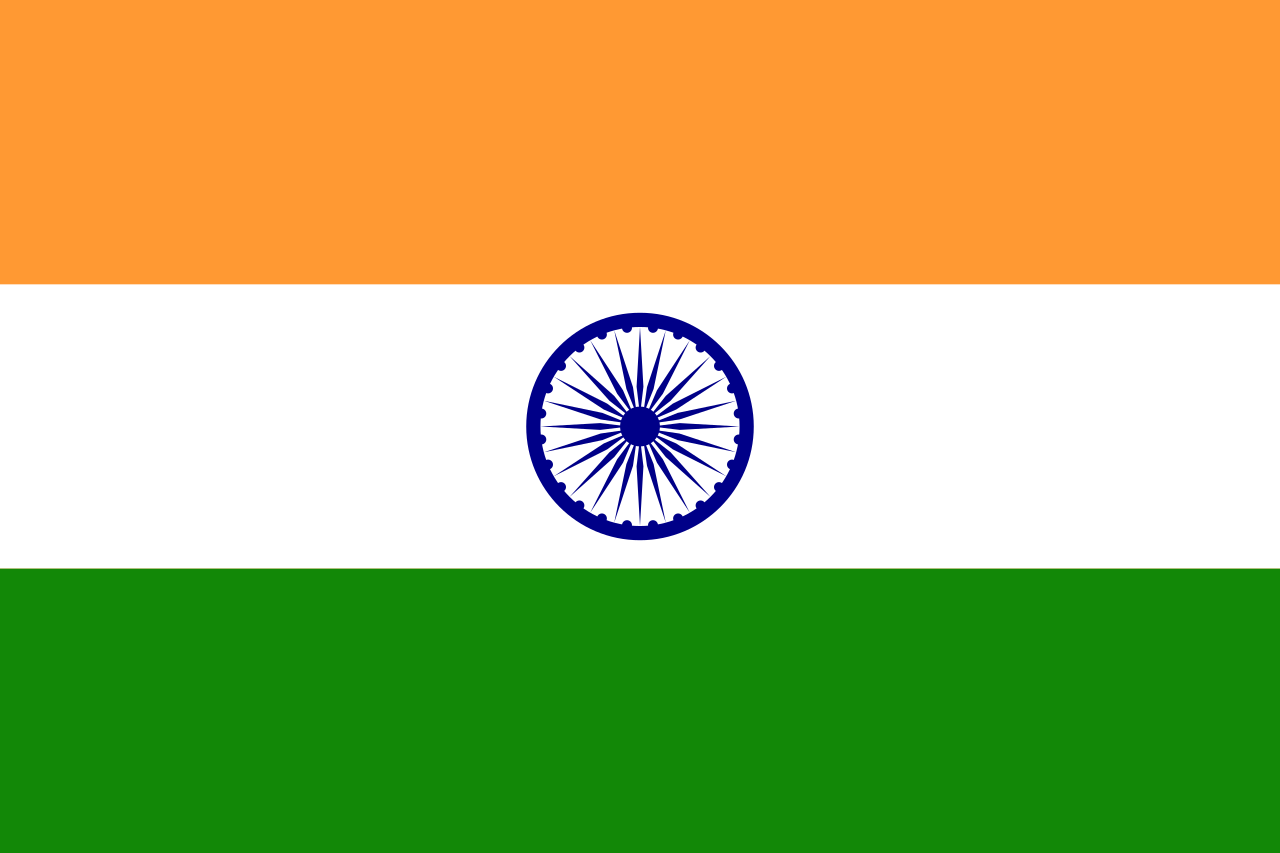Hinduism is the third largest organized religion in the world, practiced by over 900 million people. About 800 million of those are in India. Nepal is actually the only country in the world where Hinduism is the official religion. Hinduism is based on four concepts. Dharma has to do with individual ethics. Samsara has to do with reincarnation. Karma has to do with cause and effect (good actions produce good results, for example). And Moksha is the Hindu idea of salvation. Hindus believe in a variety of different gods and goddesses.
India’s caste system is officially illegal, but you can still see it operating in some areas. In this system, people are born into one of four castes, or varnas. These are different social groups, each with different status. People are often limited in what they can do, who they can marry, where they can live, etc., by their caste. Sometimes people of one caste will not associate with people from another caste. There is a fifth group, the Untouchables (or Dalit), who are below all the others, are shunned by society, and restricted to the most menial jobs. In the picture you see a slum in India where many Dalits live.
The Ellora Caves are 34 monasteries and temples cut into cliffs; they were constructed from AD 600 to AD 1000. Some are smaller, some two stories tall. There are Hindu, Buddhist, and Jain temples side by side.
Chaturanga is the Sanskrit name for the game of chess, which is considered to have started in India. It is known to have been played in the Gupta Empire in India in the 6th century. The game has changed over the centuries. The picture is an image of Hindu gods playing Chaturanga.
Traditional Indian sweets (desserts) include gajar ka halwa (pictured), made from carrots, butter, and sugar; jelabi, which is fried dough, somewhat like funnel cake, covered in syrup; rasmalai is milk curds served in creamy sauce; and badam barfi is like fudge made from almonds, sugar, and cream.



_in_Sanskrit.svg.png)